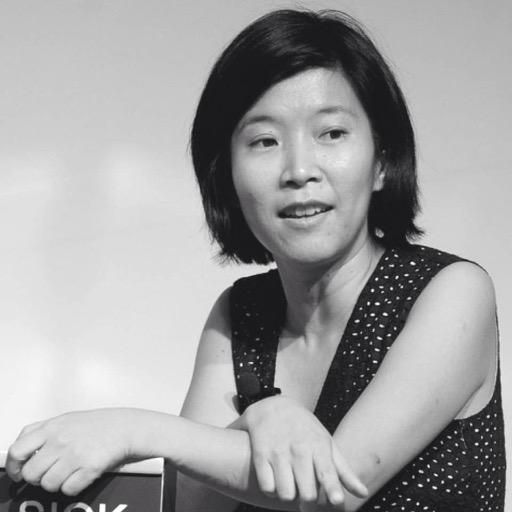Twittamentary & China's Media Landscape with Tan Siok Siok

Tan Siok Siok, CEO of Kinetic One and a notable documentary film-maker who made Twittamentary in 2012 entirely with social media and crowdsourcing, joined us for a conversation on how she has managed to make interesting documentaries from China to US. Tracing her story across Singapore, China and US, she discussed her journey from a filmmaker to now the CEO of a technology media company, and how she saw the transformation of the China media landscape from 2004 to 2015.
Here are the interesting notes and links to the discussion (with timestamps included):
- Tan Siok Siok: (LinkedIn, @SiokSiok, Weibo, Instagram, personal site)
- The story of Tan Siok Siok
- How did you started as a documentary producer in Discovery Networks, Asia and landed yourself in China? [0:55]
- How is the film-making industry like in China has grown from 2004 to 2015? Siok Siok discussed the growing sophistication in the media industry with box office hits and the major market for US films to export into. [3:09]
- China’s media landscape: Why are technology companies in China forming movie studios from Alibaba to LeTV to Youku-Tudou? [5:00]
- Boom Town
- A discussion of your early project: “Boom Town” which is a story about the Beijing 2008 Olympics. How did you capture Beijing to show to the rest of the world? What is the Beijing before 2008 and after 2008? [5:31]
- What are the challenges you face in making the film? [6:50]
- The lessons learnt from making Boom Town and her first use of social media and also podcasts to help people to discover and promote the film. [9:00]
- What happened to Boom Town and how it got noticed by CNN, BBC and many mainstream media outlets? [11:17]
- Twittamentary (a crowdsourced film on Twitter) [12:35]
- How was Twittamentary made using crowdsourcing and social media? How was the film distributed across the world? [12:50]
- The journey across US to do the filming of the whole movie. What are the difficulties in making Twittamentary? How do you collect the stories particularly on the homeless lady who used twitter and the stock broker who used it to inform their clients? [16:04]
- What’s the impact of Twittamentary? 50 screenings all over the world from Asia to Europe to US. [21:40]
- What are the lessons learned from making this film?
- Twittamentary managed to succeed in 2012 and that’s in the pre-Kickstarter or crowdfunding era. What is Siok Siok’s opinion if this documentary is done in today’s context? [26:50]
- Any chance of a sequel to Twittamentary or the equivalent with Weibo (China’s equivalent of twitter) or Wechat? [30:17]
- China’s media landscape and Kinetic One (a multi-channelled media agency similar to Maker Studios in the US)
- How did you move from filmmaker to become an entrepreneur and get started on Kinetic One? Siok Siok explains why being an entrepreneur is similar to running a company. [33:10]
- How does Kinetic One work as a social video platform in China? Kinetic One operates as a multi-content verticals or channel and similar to multi-channel networks in Youtube (for example, Maker Studios acquired by Disney for US$500M) [37:10]
- What are the challenges in dealing with social films that violate the rules of Chinese government? [40:18]
- The integration of social media in China’s media landscape which never worked in the US until recently, and how it has emerged differently from the US in how it has a healthy relationship with social media. [42:37]
Podcast Information:
The show is hosted by Bernard Leong (@bleongcw) and are sponsored by Ideal Workspace(Twitter, Facebook and LinkedIn) and Linkcious (and check out their other product, Chiibi).



